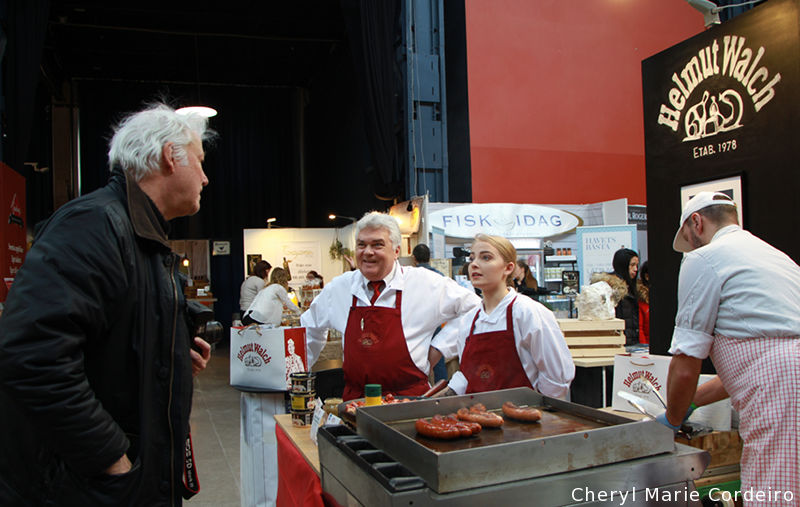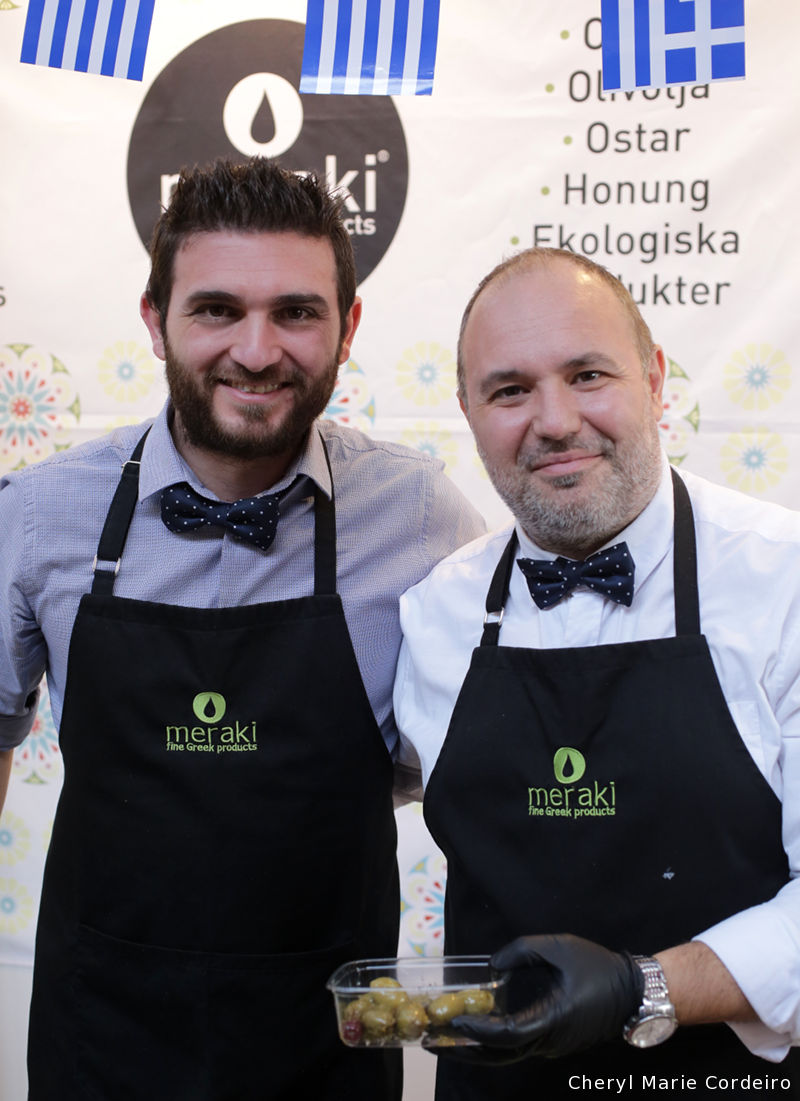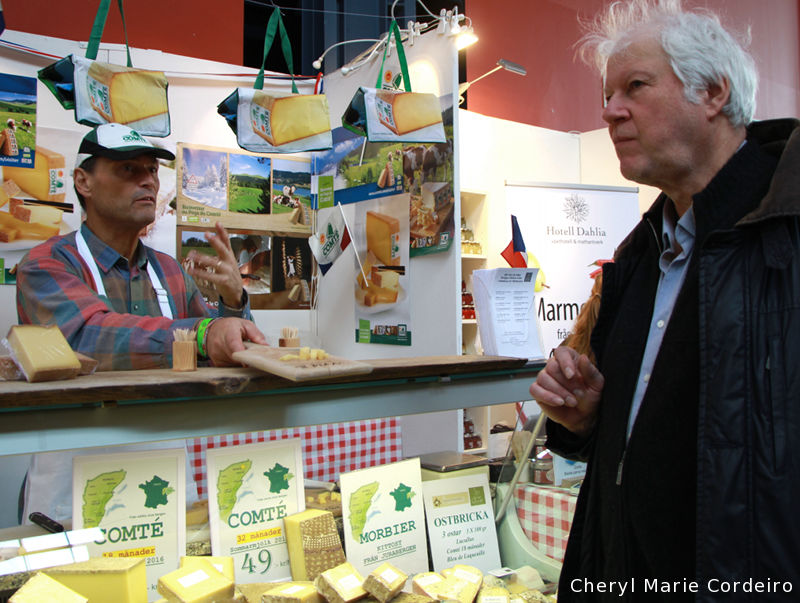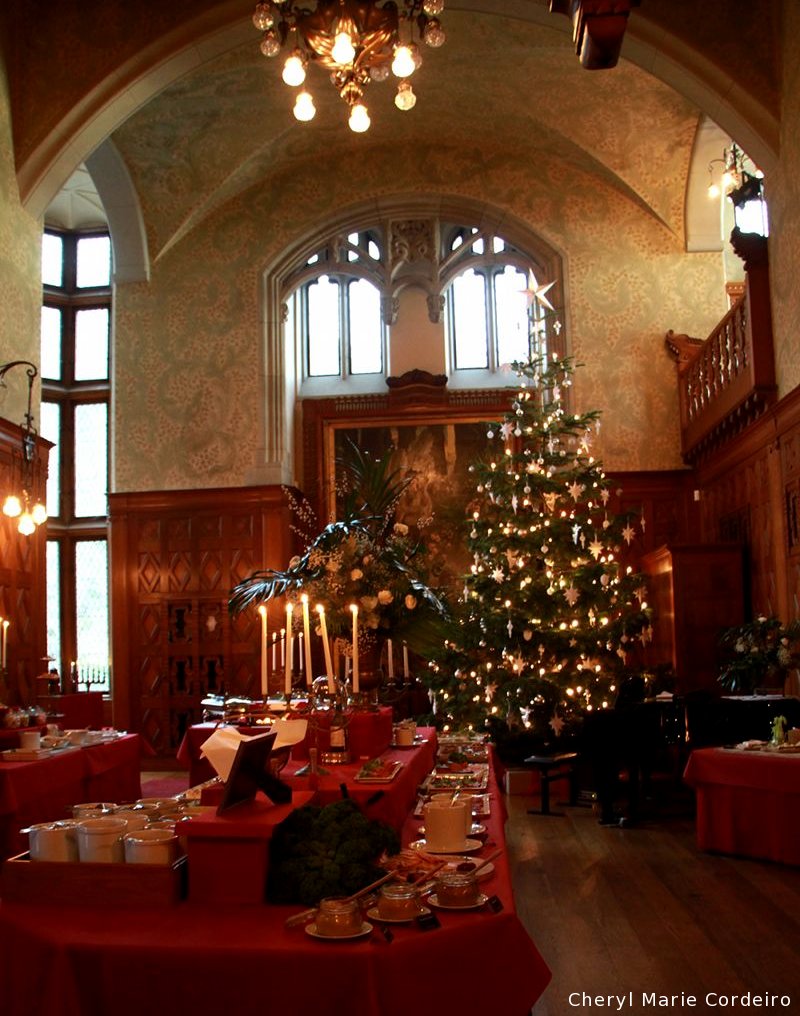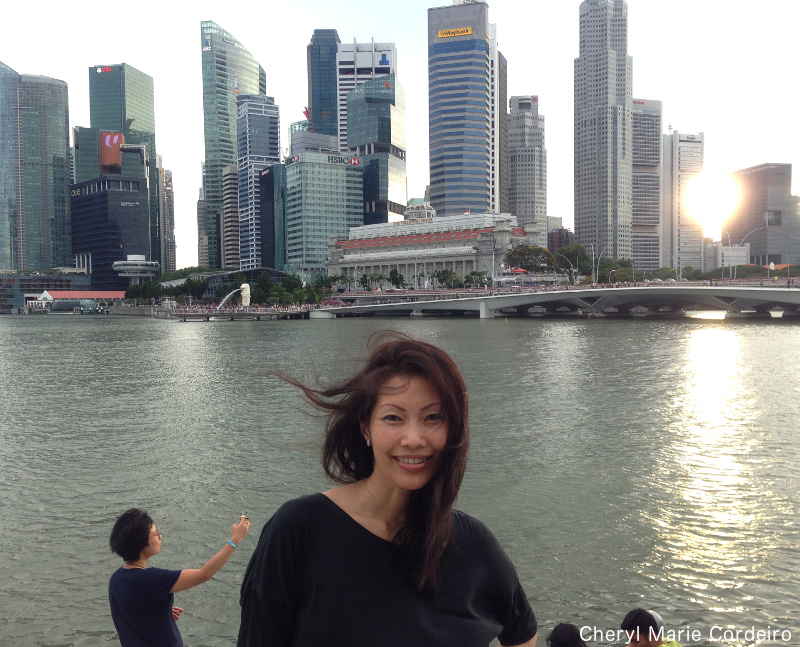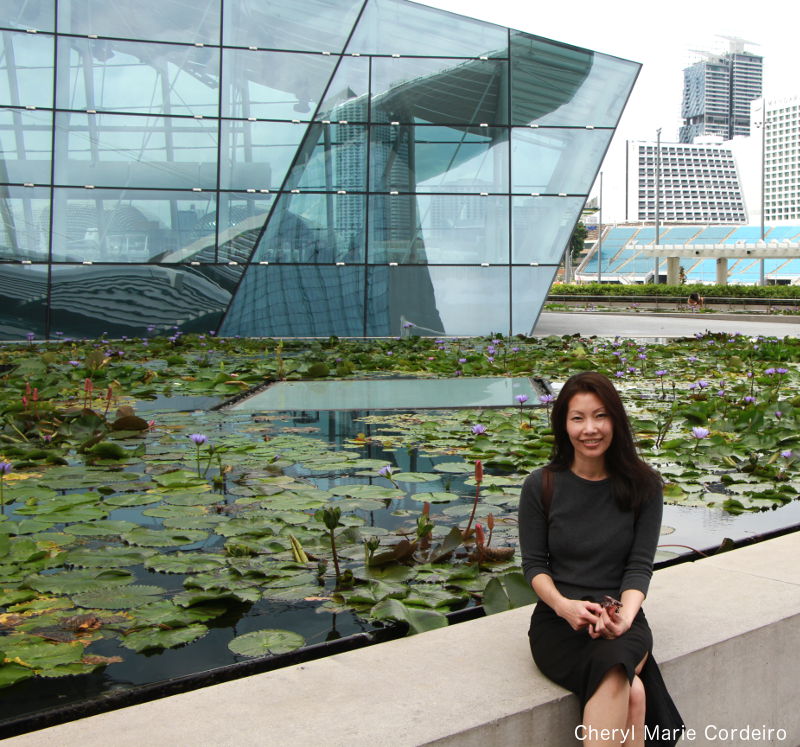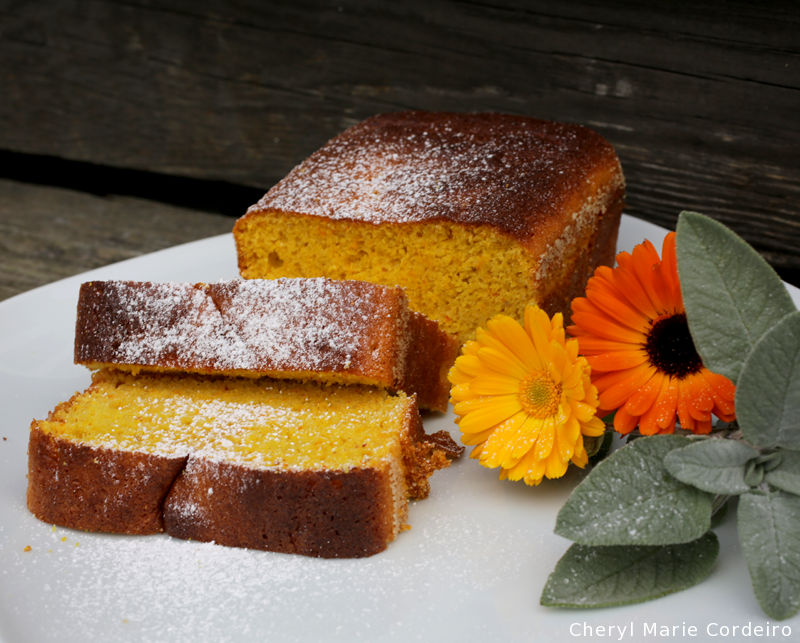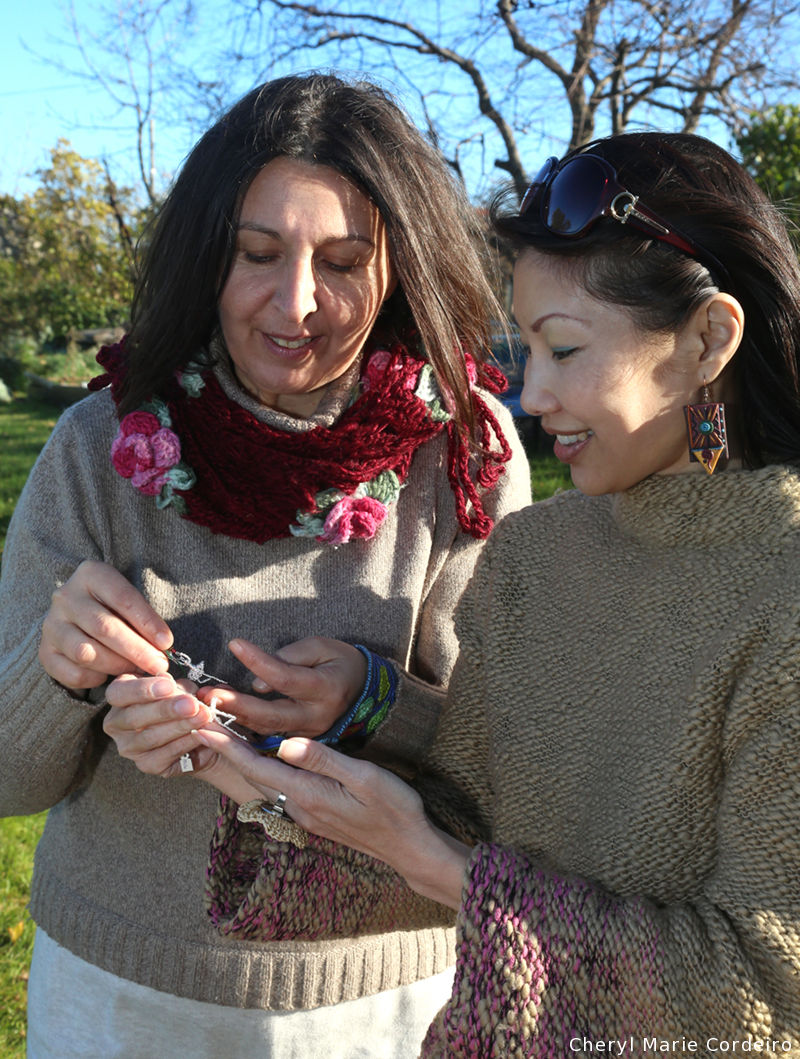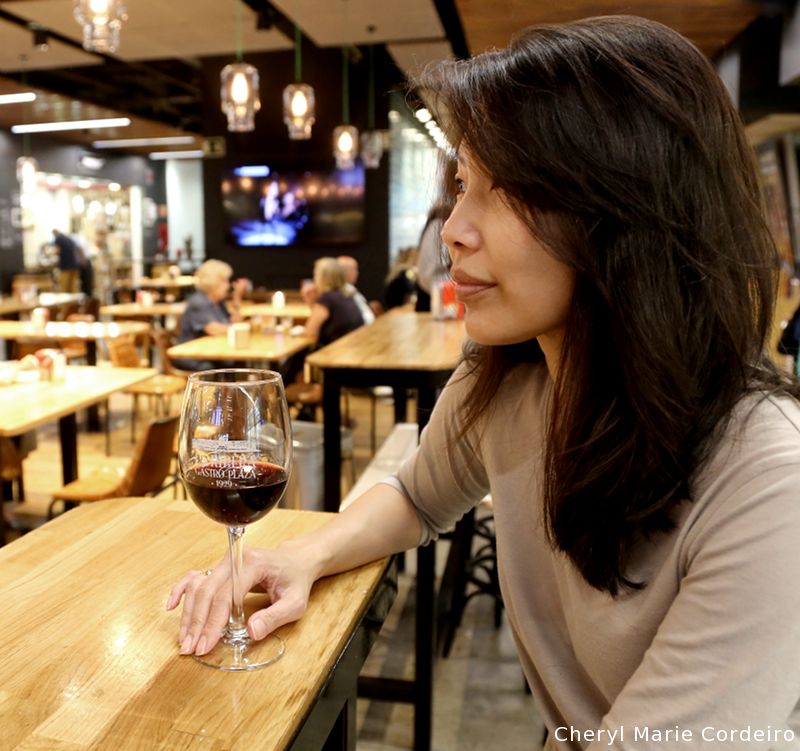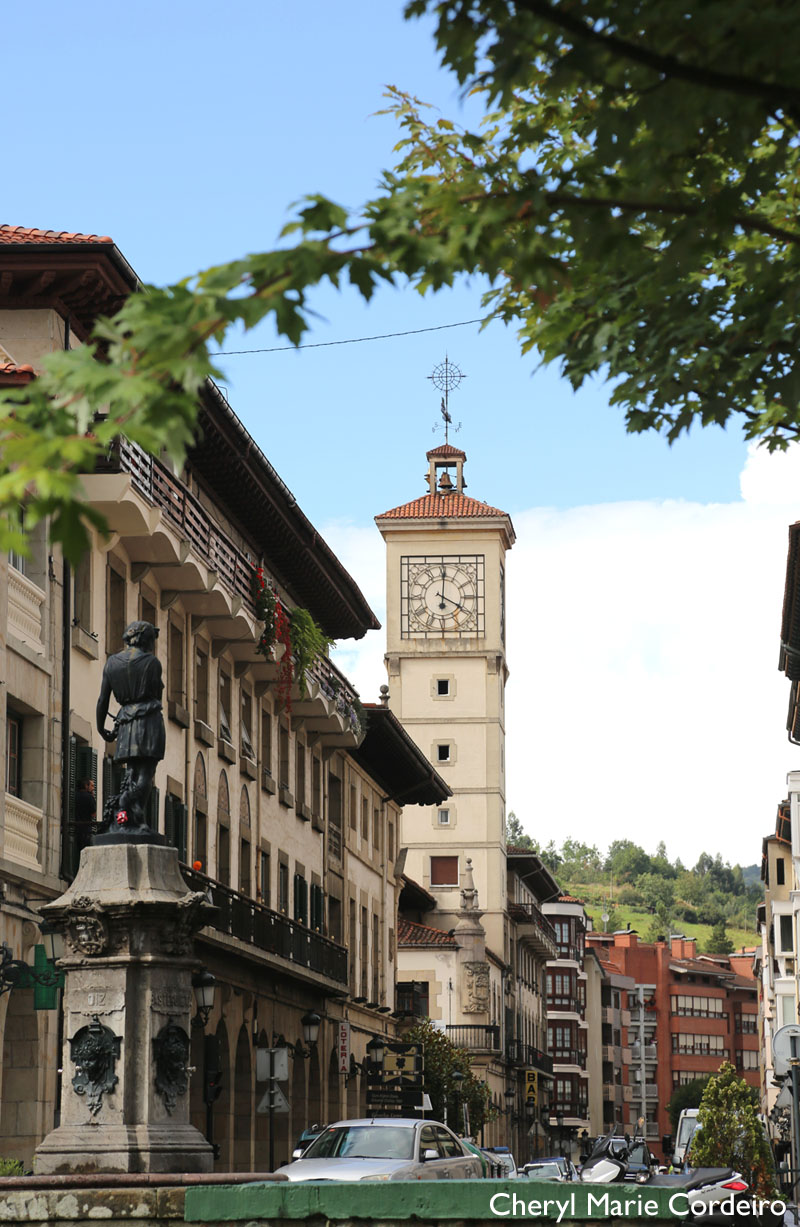Helmut Walch Charkuteri AB (walch.se) was established in 1978. They are at Passion för Mat 2018 from 2 to 4 March at Erikbergshallen, Gothenburg, Sweden.
Text & Photo © JE Nilsson, CM Cordeiro 2018
The narrative of Helmut Walch is of an industrious individual from Austria, Vienna, who in the aftermath of scarcity in World War II came to a career decision point in his life. He applied to be a cook in Karlstad, Sweden, and in his culinary journey from 1965 took him to various Swedish towns such as Karlstad, Skara and a hotel kitchen in Halland. He soon found himself in Gothenburg, and when the opportunity arose for him to acquire Asker Svensson’s store at Saluhallen in Gothenburg, the city’s central marketplace, he decided that Gothenburg would have access to Austrian traditions of charcuterie. Till this day, Helmut Walch Charkuteri AB uses spices imported from Austria to flavour their meats and meat products, where the differentiating factor of Helmut Walch’s products is in the skill of preparation.
Continue reading “Passion för Mat 2018, Helmut Walch Chakuteri est. 1978”
